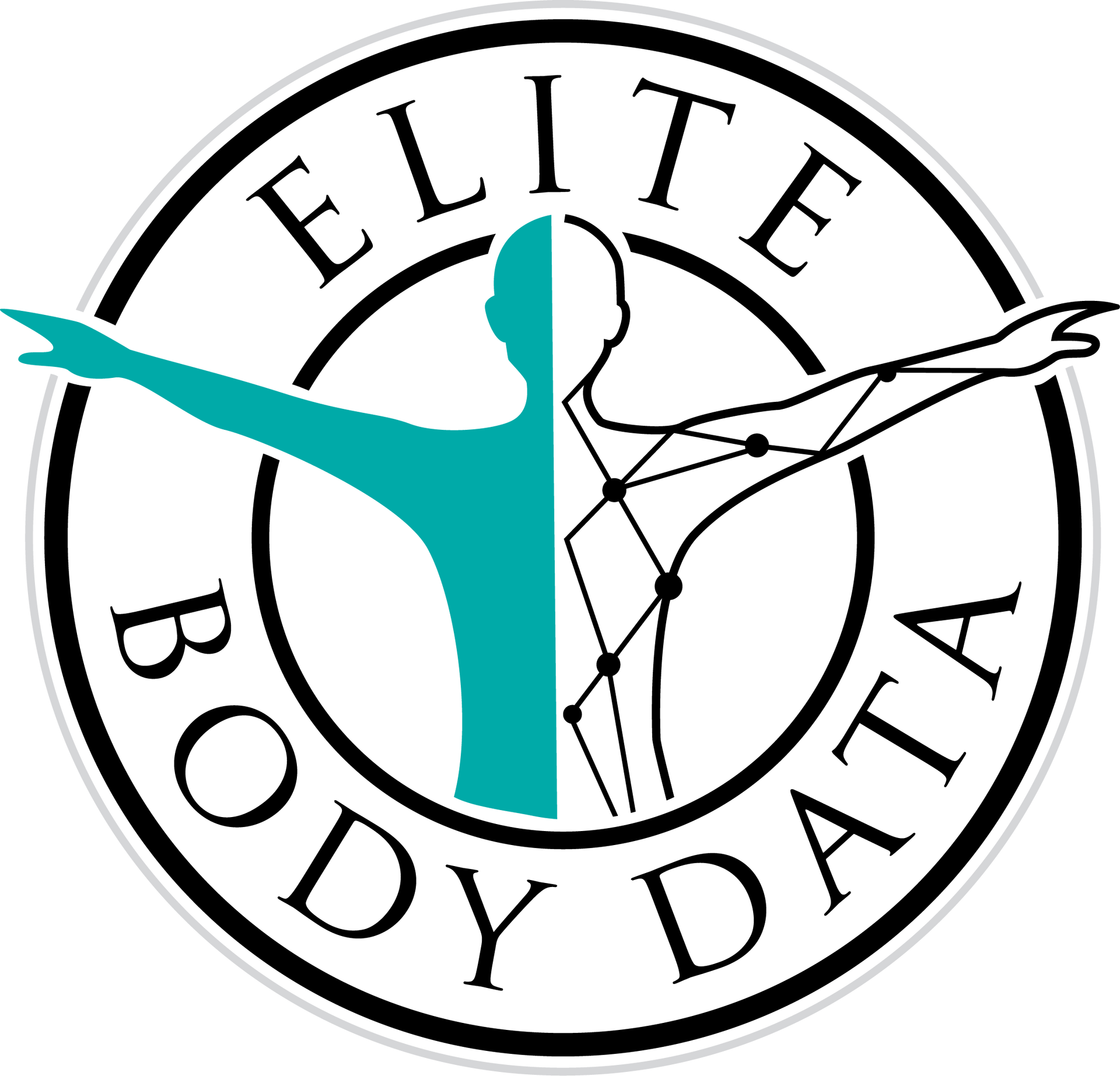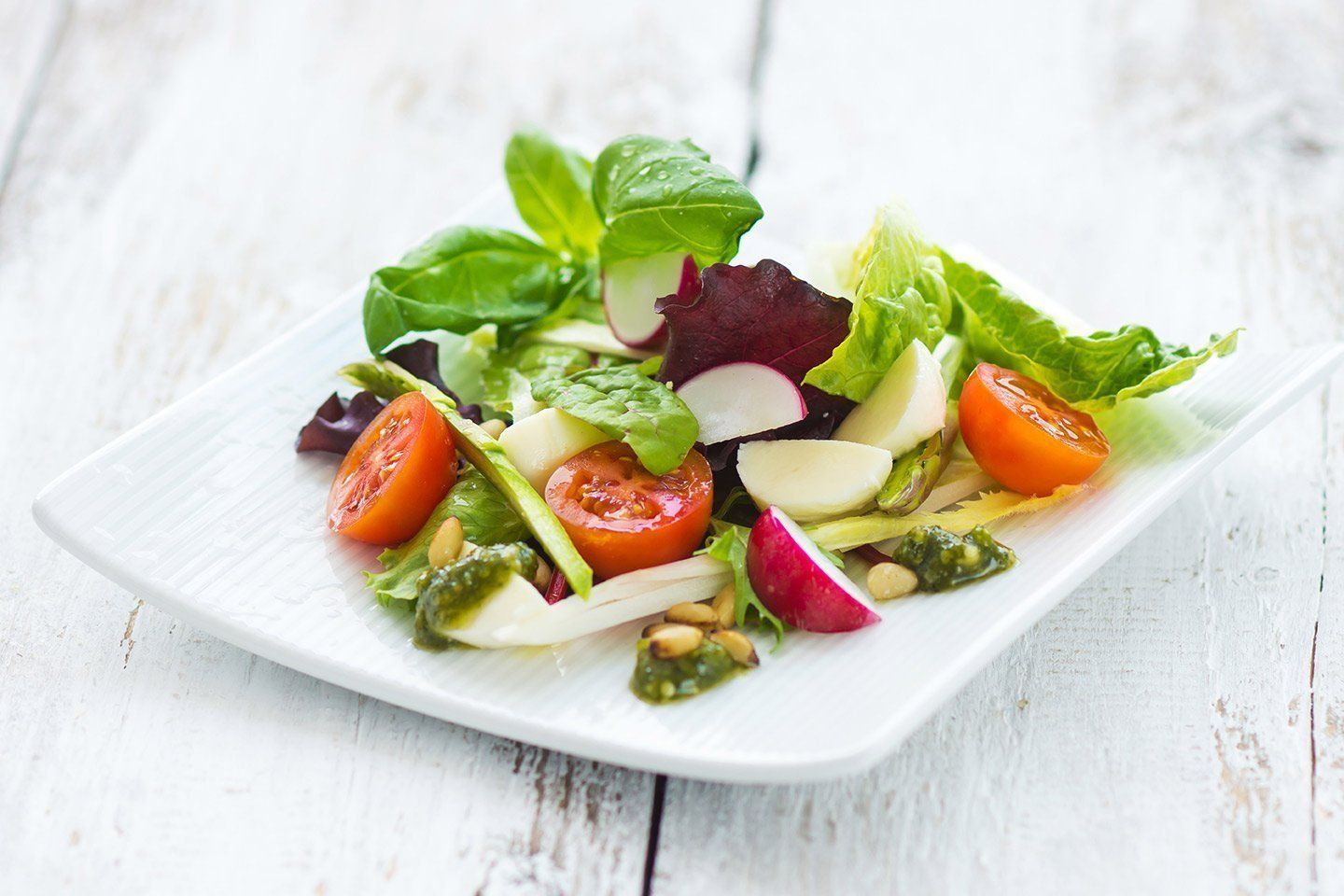Data-Driven Nutrition: Unlocking the Power of Nutrition Data on Food Labels to Achieve Better Health Outcomes
The Truth Behind Eye-Catching Packaging
There are so many companies that hire the best-of-the-best to create eye-catching food marketing and packaging, the real truth about a food product is rarely displayed on the front but rather on the nutritional label on the back. It is to a company's advantage to meticulously design packaging to allure and captivate, so featuring vibrant colors and bold promises helps them accomplish that goal. BUT, the REAL and substantive information—what the product will provide your body—is on the nutrition label.
It's crucial to recognize that while front labels are a tool designed to quickly inform and catch your attention, they can be manipulated to meet minimum regulatory standards, often doing just enough to avoid legal issues without truly enlightening the consumer. The dazzling packaging might grab your attention, but it often lacks substantial nutritional value once you flip it over and read the finer details. In this environment, it's easy for consumers to become obsessed with "health halo foods"—products perceived as "healthy" based on misleading cues rather than solid nutrition.

The Science of Label Reading
The science of label reading goes beyond simply spotting buzzwords; it involves understanding how different nutrients impact your health. This knowledge allows you to assess whether a food's contents will support or hinder your health goals. Remember, everyone's nutritional needs are unique—factors like body size, health history, activity levels, and personal goals all play a role in determining what and how much you should eat. Given the complexity of nutrition and individual health needs, always consider consulting with a healthcare provider or dietitian to tailor dietary choices to your specific circumstances.
Common Misleading Claims on Food Labels
- "All-natural": There's no official definition, so "natural" can be applied loosely. May still include pesticides, GMOs, or highly processed ingredients.
- "Fat-free": Often high in sugar, refined carbs, and calories, making them equally unhealthy for weight control. Fat can be replaced with unhealthy ingredients to maintain taste.
- "Made with whole grains": Small amounts of whole grains might be present, but the main ingredient could be refined flour. Check the ingredient list for the order; terms like "whole wheat flour" should be first.
- "Sugar-free": Often contain artificial sweeteners, which have their own potential health implications. Sugar alcohols (e.g., xylitol, maltitol) can have digestive side effects.
- "Low-carb": Doesn't speak to overall nutritional value; high saturated fats or sodium may negate any low-carb benefits. Focus on healthy, whole-food sources of complex carbohydrates.
- "Helps support immunity": No regulated standard; supplements can't replace a balanced diet needed for healthy immune function. Look for specific nutrient claims backed by research.
- "Detoxifies your body": Our liver and kidneys naturally detoxify. "Detox" products can be scams or even harmful. Focus on a healthy diet, hydration, and lifestyle for natural detoxification
- "Clinically proven": Lacks context; studies may be small, poorly designed, or sponsored by the company making the claim. Look for reliable sources and research-backed statements.
- "Supports heart health": Overly broad; the specific benefit to heart health might be minimal, if any. FDA has stricter regulations for specific heart health claims.
- "High in protein": Source matters: processed protein sources may be high in unhealthy fats and saturated fats. Look for quality protein from lean meat, fish, beans, or lentils.
Key Things to Look For on a Nutrition Facts Label
- Fiber: We need fiber to aid digestive health. Women should aim for 25 grams per day, and men 38 grams per day. Foods high in fiber include whole grains, fruits, vegetables, and legumes.
- Calcium and Vitamin D: Essential for bone health, which is crucial as bones may become brittle with age. Dairy products, fortified cereals, and dark leafy greens are good sources of calcium. Vitamin D is also vital and can be obtained from exposure to sunlight and from fortified foods.
- Sodium: Aim to limit TOTAL DAILY sodium intake to less than 2,300 milligrams per day to help maintain healthy blood pressure levels.
- Added Sugars: Naturally occurring sugars are fine, it's the added sugar that you need to watch out for! The recommendation is to keep added sugars to less than 10% of total daily calories.
- Calories: This number indicates how much energy you will get from one serving of the food. Don't assume that just because something has low calories, it's automatically better for weight management. If you consume more than the serving size, the actual calorie intake could be much higher than you think. What you end up eating might be three times what the label indicates, which could undermine your dietary goals. Remember, calorie needs vary from person to person—some might need more calories per meal, while others need fewer. Therefore, it's important not to choose foods based solely on their low-calorie label.
- Serving Size and Servings Per Container: This information at the top of the label is crucial because all the nutrient amounts shown are based on one serving. A common mistake is consuming an entire package that lists, for example, 200 calories per serving without realizing that the package contains multiple servings, which multiplies your actual calorie intake. The same logic applies to other nutrients—if you're trying to watch your intake of sodium, cholesterol, or any other nutrient and you consume more than the serving size, you will inadvertently increase your intake of that nutrient. Always compare the Nutrition Facts labels to choose products that per serving are lower in sodium, added sugars, and saturated fat, and higher in dietary fiber, vitamin D, and calcium.
Why Paying Attention to Some Key Nutrients Matters
- Fiber
- Importance: Aids in digestive health and can help manage blood sugar levels.
- Daily Recommendations: Women: 25+ grams per day and Men: 38+ grams per day
- How: Whole grains, fruits, vegetables, and legumes.
- Sodium
- Importance: Managing sodium intake is critical for maintaining good heart health.
- Daily Recommendation: Less than 2,300 milligrams per day.
- Added Sugars
- Note: Added sugars differ from sugars naturally found in foods like fruit or milk. Added sugars are any sugars or caloric sweeteners added during processing or preparation.
- Importance: Keeping added sugars low is crucial to prevent weight gain and reduce the risk of chronic diseases.
- Recommendation: Less than 10% of total daily calories-- an easy way to think of it since people have varying calorie needs:
- Men: ~ no more than 36 grams or 150 calories of added sugar per day.
- Women: ~ no more than 6 teaspoons or 25 grams or 100 calories of added sugar per day.
Common "Health Halo Foods"
It's very important to note that you can't look at the items below monolithically and write all of them off as not ideal to consume-- you need to read the label, understand your goals, preferences and budget to ultimately make an ideal decision. You can actually incorporate "health halo" foods into your diet effectively by discerning the actual nutritional value and determining how much and how often you can have it while aligning with your personal health goals. Adjusting portion sizes, enhancing meals with nutritious additions, and balancing other meal components are practical ways to enjoy these foods without compromising your dietary needs.
- Flavored Yogurt: Typically high in added sugars, low in fat (depending on the product). Choose plain yogurt and enhance it with fresh fruits or a drizzle of honey to better manage sugar intake.
- Granola: Typically high in sugars and calories. Opt for versions with no added sugars and high in fiber, or better yet, prepare your own to control the ingredients.
- Trail Mix: Typically high in calories, potentially high in sodium. Create your own mix with unsalted nuts and unsweetened dried fruits to keep calorie and sodium levels in check.
- Smoothies & Bottled Juices: Typically high in sugars and calories. Homemade smoothies with whole fruits, vegetables, and low-fat dairy or alternatives can retain more fiber and are lower in sugars.
- "Gluten-Free": Typically high in sugars and calories. Natural gluten-free options like whole fruits, vegetables, and grains are often healthier and provide more nutritional benefits.
- Sports Drinks: Typically high in sugars and sodium. Most beneficial for endurance athletes; others might consider water or electrolyte solutions without added sugars.
- Protein Bars: Typically high in calories and sugars. Look for bars with whole food ingredients and without added sugars.
The Importance of Moderation and Balance
Moderation and balance are ABSOLUTELY key in a healthy diet—no single food can determine overall health. Your health has many components including sleep, mood, stress, movement and more that all play respective roles. The aim is to work on each role to really get a better grasp of your health and shape it to align with your goals. Nutrition and other aspects of health are not one-size-fits-all, and what works for one person may not work for another. Don't simply follow what others are doing or take generalized dietary advice without considering your own circumstances and should do so by consulting with healthcare or nutrition professionals to tailor a diet plan that fits your specific needs.
Always approach new food trends and health claims with skepticism until you have verified the information through trusted resources. Don't hesitate to consult nutrition professionals if you find discrepancies or have questions about how to interpret what you see on labels. Nutrition and science in general are always evolving, which also means the guidelines and recommendations change. Keep yourself updated by regularly checking in with authoritative sources like the FDA, USDA and similar reputable sites.









